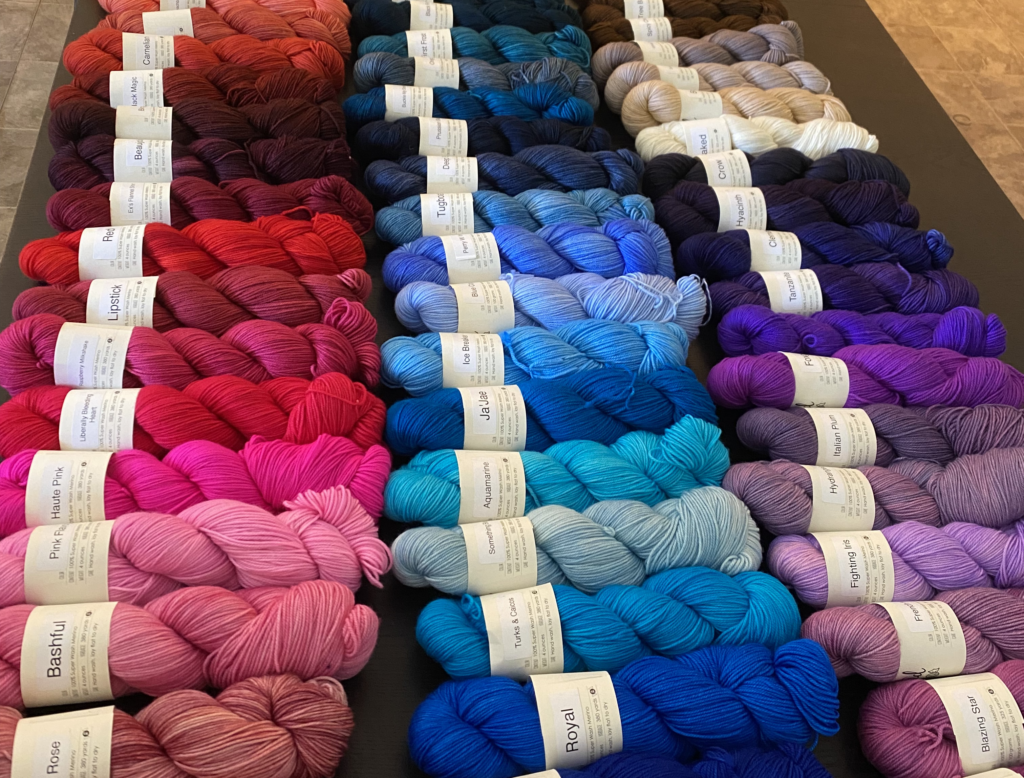It’s a new month, and that means a new HerStory recipient! This month, we are celebrating all things Ijeoma Oluo, writer, speaker, and self-professed internet yeller.
Ijeoma Oluo is the author of two books that deep-dive into topics that are so important for us all to understand and confront. In her first book, So You Want to Talk About Race, she provides useful information for folks wanting to have constructive conversations about race in America. Her second book, Mediocre, focuses on the ways in which America has centered white men, and allowed them to flourish at the expense and on the backs of women and Black people, resulting in the America we currently live in.
She began to focus on writing in 2012, after the death of Trayvon Martin, who was the same age as Oluo’s oldest son when he was murdered. She pivoted her blog from food writing to musings on racism and living while Black in America, and that grew into more activism and advocacy, as well as writing for publications, from local to national to international. Her first published work was a now-out-of-print coloring book called The Badass Feminist Coloring Book (you know we tracked down a few copies on Ebay, and are looking forward to coloring as well as reading this month!) She is now a writer and speaker in high demand.
Oluo was named to the 2021 TIME 100 Next list and has twice been named to the Root 100. She received the 2018 Feminist Humanist Award and the 2020 Harvard Humanist of the Year Award from the American Humanist Association. She lives in Seattle with her partner and her youngest kiddo.
Ijeoma has devoted her life to the discussion of race and privilege in our society, and writes/internet yells for a lot of publications. She’s a mother, a partner, and gorgeously talented at make-up to boot (she recently created an Instagram account solely to share her looks, and we are in love with what she shares!).


Our Truth Teller colorway is inspired by one of these looks, and pays homage to all of the parts of Ijeoma that she shares with us. Because Black joy is something to celebrate just as much as success that comes with being a Truth Teller in America.
Books by Ijeoma Oluo:
- So You Want To Talk About Race
- Mediocre: The Dangerous Legacy of White Male America
Want more like this? Here are some other authors we suggest you read/listen to:
- Layla F. Saad
- Austin Channing Brown
- Michelle Alexander
- Mikki Kendall
- Liz Plank
- Patrisse Khan-Cullors
- Cathy Park Hong
We hope you enjoy this HerStory Book Club as much as we have enjoyed putting it together. We envision an open-ended Book Club, with folks reading or listening to whichever book they’d like from each author’s If you’d like a spoiler of all of the authors we’ll be showcasing this year, check out our website: https://knittedwit.com/herstory-2022-authors/
Ijeoma’s website: https://www.ijeomaoluo.com/


















